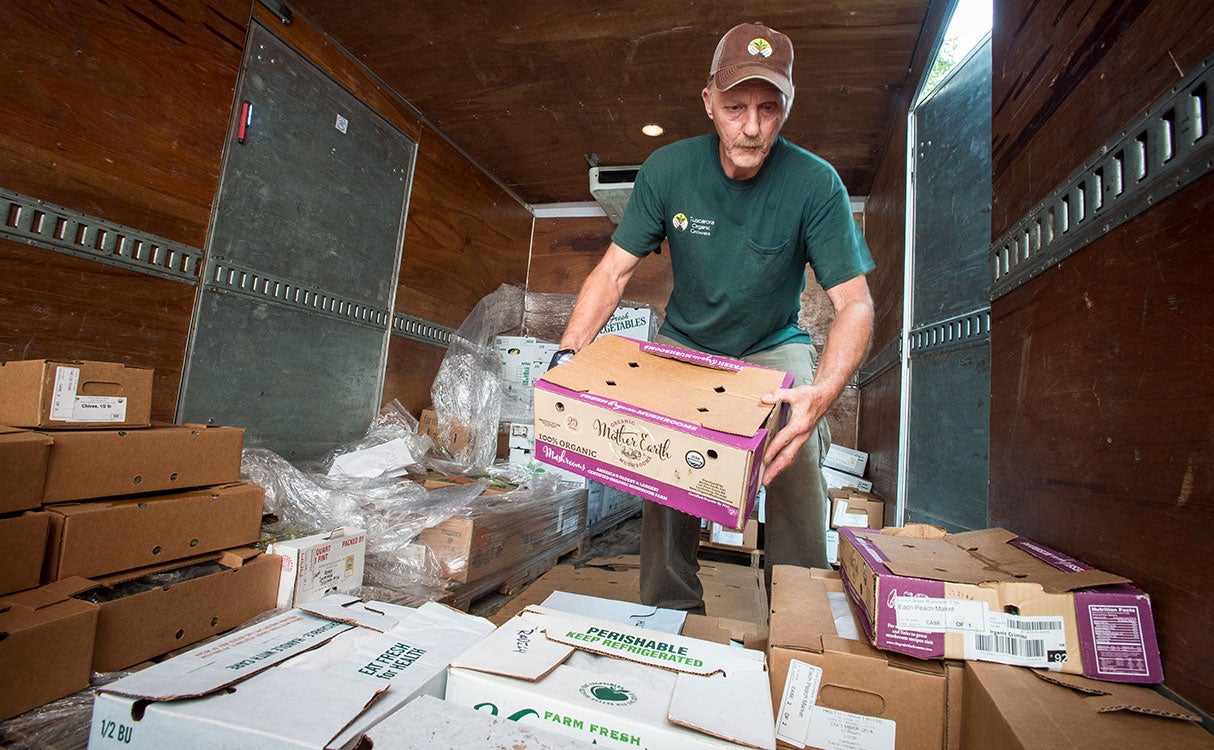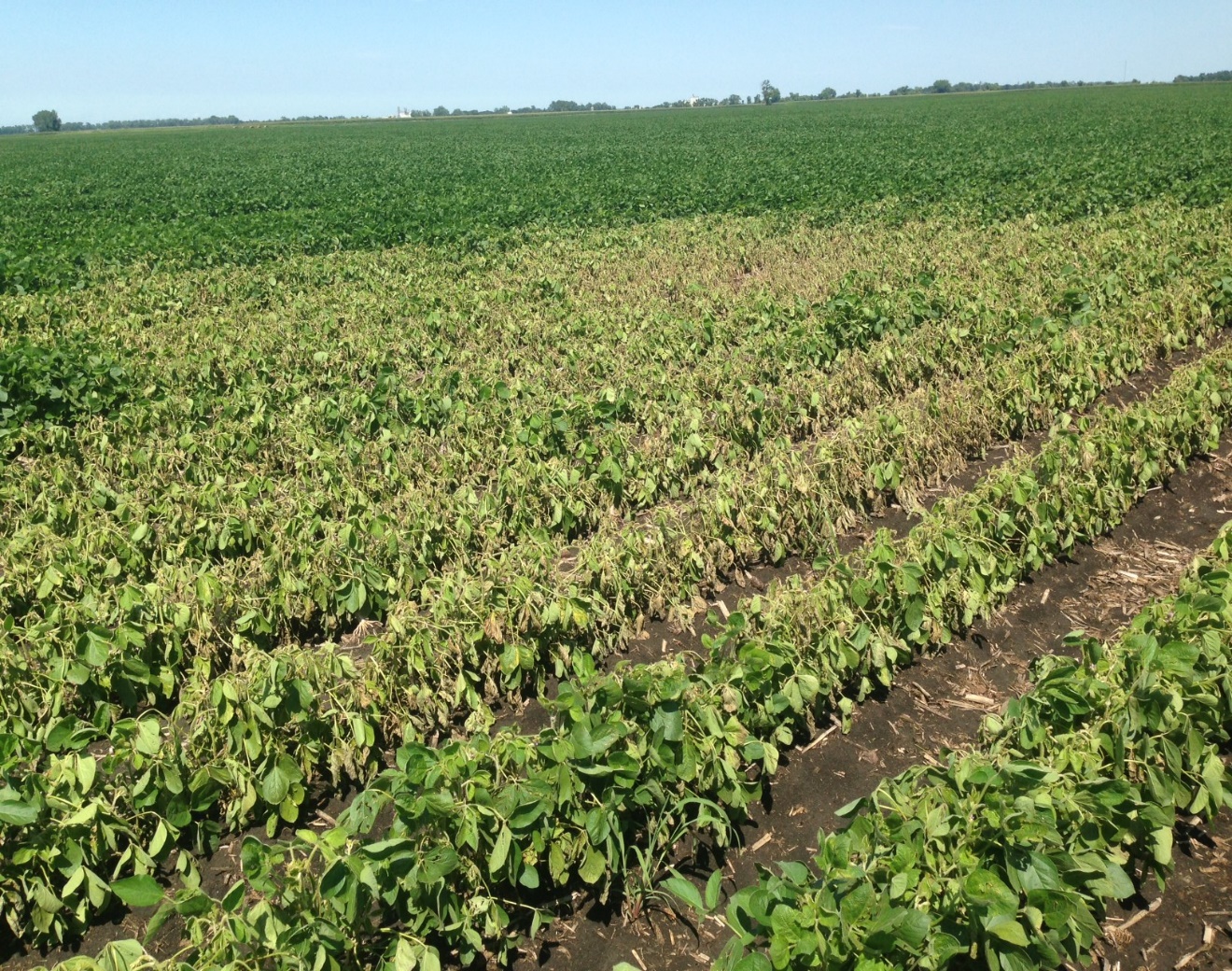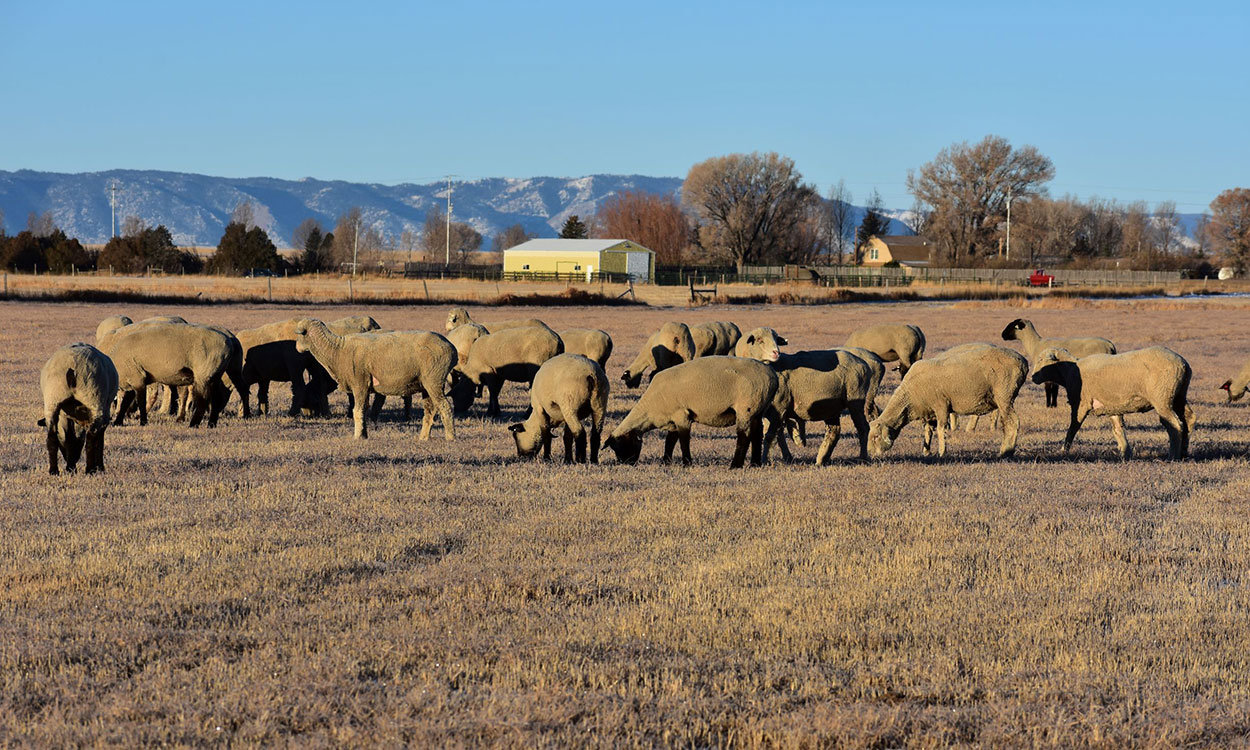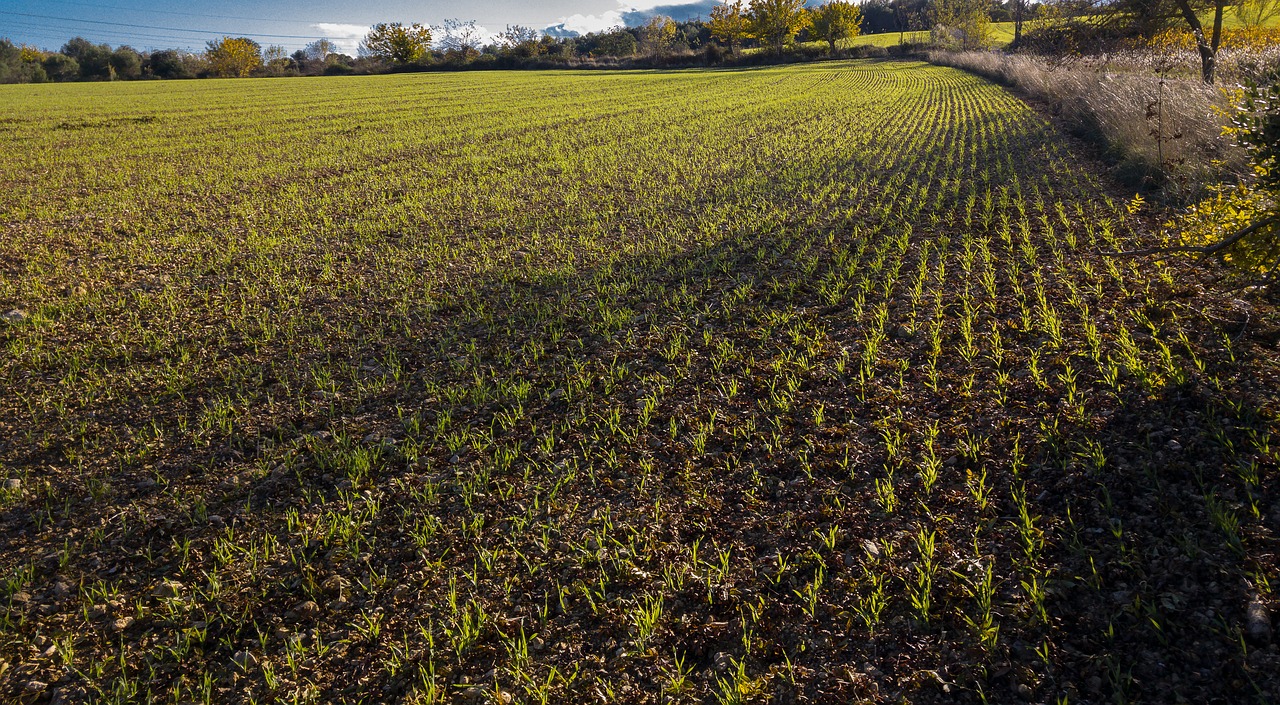Search

Requirements for Selling Food to Retail in South Dakota
Now more than ever, we are seeing food processors and entrepreneurs in South Dakota bringing their food products, not only to farmers markets, but also to retail stores. This article provides regulatory guidance and outlines the necessary steps required to allow for the sale of foods to retail stores.

Counties Designated as Disaster Areas and Qualify for Other Programs
Five South Dakota counties have been given disaster declarations due to dry summer conditions. This declaration gives producers in these counties and those in contiguous counties access to USDA-FSA emergency loans.

Meat (Not) For Sale
Before buying meat from local livestock producers, take the time to understand the rules and regulations of local meat processing.

SDSU Extension Provides Drought Management Resources
June 08, 2022
The U.S. Drought Monitor continues to classify parts of South Dakota in some level of drought. SDSU Extension has a variety of tools and resources to assist producers with drought decision making.

Farmers Market Resource Manual
This manual is intended to be used by farmers market directors, managers, and organizers to copy portions of the manual that pertain to the needs of their farmers market.

Product Donations for Food Manufacturers
Interested in donating some of your slightly flawed food products to a food drive? View some food safety tips and donation considerations for food manufacturers in South Dakota.

Replanting Considerations
Every season weather events such as hail or flooding can damage or destroy previously planted crops in all or in portions of fields. In May or even early June, many producers will replant these areas. As the end of June approaches, the window for replanting narrows and producers may want to do a more careful evaluation of whether or not to replant.

Farm to (More Than) School
Opportunities for local food procurement go beyond just school lunch! Learn about several child nutrition programs and settings that may accept local foods.

Multispecies Grazing: Benefits of Sheep Integration on Rangelands
Fact sheet about diversifying your operation to benefit your rangeland.

Double-Crop after Wheat?
Two crops in one year may sound tempting, and for some crop species is possible, but before doing so, producers should consider possible crops and compare the potential benefits with the drawbacks.